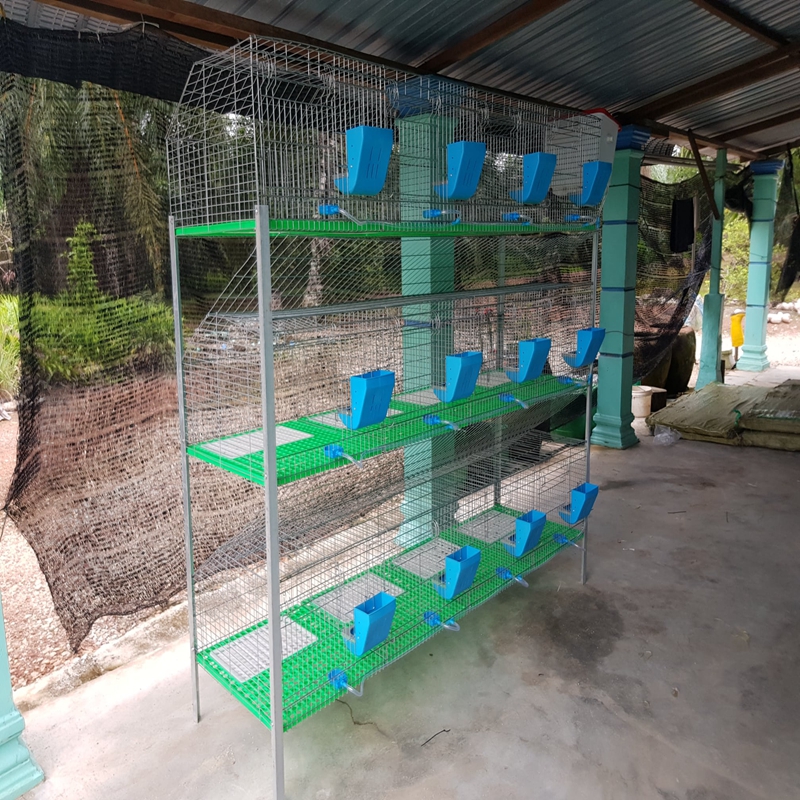Efficient Production of Animal Feed Pellets with Advanced Machinery Solutions
Dec . 07, 2024 16:08 Back to list
Efficient Production of Animal Feed Pellets with Advanced Machinery Solutions
Understanding Feed Pellet Machines An Essential Component for Livestock Feed Production
In the agricultural sector, particularly in livestock farming, providing high-quality feed is crucial for ensuring optimal animal health and productivity. One of the technological advancements that have revolutionized the feed production process is the feed pellet machine. These machines play a significant role in the production of feed pellets, which are compact, dense, and uniform particles made from various feed ingredients. In this article, we will explore the importance, functionality, and benefits of feed pellet machines.
What is a Feed Pellet Machine?
A feed pellet machine, also known as a pellet mill, is a piece of equipment specifically designed to compress raw feed ingredients into pellet form. The machine operates by forcing the feed materials through a die under high pressure and temperature, which not only shapes the feed into pellets but also aids in sterilization and nutrient preservation. The resulting pellets are easier for livestock to digest and extract energy from, making them a popular choice for farmers worldwide.
Importance of Feed Pellet Production
The process of pelleting feed offers several advantages over traditional feeding methods. First and foremost, it enhances feed efficiency. Livestock are more likely to consume pellets compared to loose feed because pellets are easier to handle and less likely to be wasted. Furthermore, the uniform size of the pellets ensures that all animals receive the same nutritional benefits, minimizing variations in growth and health.
Additionally, feed pellets help in reducing storage space requirements. Pellets are denser than loose grain, allowing for more efficient storage and transportation. This compact form helps farmers save on logistics costs while ensuring that feed remains fresh for longer periods.
Functionality of Feed Pellet Machines
Feed pellet machines come in different sizes and capacities, catering to the varying needs of farms. The machines typically consist of several key components, including a feed hopper, conditioner, pellet die, and power source.
1. Feed Hopper This is where the raw materials are loaded. The ingredients can be a mix of grains, protein sources, vitamins, and minerals.
2. Conditioner In this part of the machine, steam and moisture are added to the ingredients before they enter the die. Conditioning improves the binding properties of the feed mixtures, ensuring a smoother pelleting process.
feed pellet machines

3. Pellet Die The heart of the pellet mill, the die, contains holes through which the conditioned feed is forced. The pressure and heat generated during this process cause the feed components to bond together, forming uniform pellets.
4. Power Source Most feed pellet machines are powered by electric motors or diesel engines, depending on their size and the requirements of the operation.
Benefits of Using Feed Pellet Machines
Adopting feed pellet machines in livestock operations can lead to numerous benefits
- Improved Feed Conversion Ratio Pelleted feed is generally more digestible, which translates into better feed conversion ratios and growth rates in animals.
- Reduced Feed Waste Pellets are less prone to spoilage and waste compared to loose feeds. This helps farmers to maximize their feed investment.
- Enhanced Nutrient Retention The pelleting process can also aid in retaining more nutrients in the feed, making it a more effective feeding solution.
- Versatility Feed pellet machines can process a wide variety of ingredients, allowing farmers to create customized feed formulations suited to their livestock's specific nutritional needs.
Conclusion
In conclusion, feed pellet machines are an essential investment for modern livestock farming. They enhance feed efficiency, reduce waste, and promote better overall animal health. As the agricultural industry continues to evolve, the importance of such machines will only grow, providing farmers with the tools necessary to meet the increasing demands for high-quality animal feed. By understanding the functionality and benefits of feed pellet machines, producers can better equip themselves to improve their operations and ensure the well-being of their livestock.
-
Hot Sale 24 & 18 Door Rabbit Cages - Premium Breeding Solutions
NewsJul.25,2025
-
Automatic Feeding Line System Pan Feeder Nipple Drinker - Anping County Yize Metal Products Co., Ltd.
NewsJul.21,2025
-
Automatic Feeding Line System Pan Feeder Nipple Drinker - Anping County Yize Metal Products Co., Ltd.
NewsJul.21,2025
-
Automatic Feeding Line System - Anping Yize | Precision & Nipple
NewsJul.21,2025
-
Automatic Feeding Line System - Anping Yize | Precision & Nipple
NewsJul.21,2025
-
Automatic Feeding Line System-Anping County Yize Metal Products Co., Ltd.|Efficient Feed Distribution&Customized Animal Farming Solutions
NewsJul.21,2025






